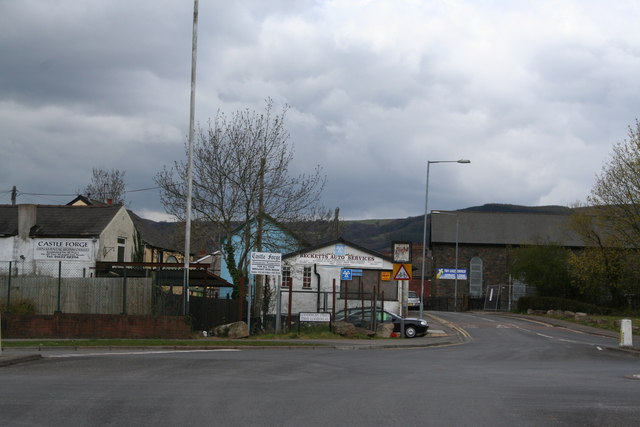Fairwater
Settlement in Monmouthshire
Wales
Fairwater

Fairwater is a small village located in the county of Monmouthshire, Wales. Situated on the outskirts of the town of Abergavenny, Fairwater is surrounded by picturesque rolling hills and offers a tranquil and rural setting.
The village is home to a close-knit community, with a population of around 500 residents. It has a rich history, dating back to medieval times when it was primarily an agricultural area. Today, Fairwater retains its traditional charm, with several old stone cottages and buildings still standing.
The heart of the village is the village hall, which serves as a community hub and hosts various events and gatherings throughout the year. There is also a local pub where residents can socialize and enjoy a drink or a meal.
Fairwater offers a range of amenities to its residents. There is a primary school within the village, providing education for children up to the age of 11. For secondary education, students typically commute to nearby Abergavenny. There is also a small convenience store that caters to the daily needs of the community.
Nature lovers will appreciate the beautiful surrounding countryside, which offers numerous opportunities for outdoor activities such as hiking, cycling, and horse riding. The village is also close to the Brecon Beacons National Park, known for its stunning landscapes and walking trails.
Overall, Fairwater in Monmouthshire provides a peaceful and idyllic setting for residents who seek a quiet rural lifestyle while still having access to nearby towns and amenities.
If you have any feedback on the listing, please let us know in the comments section below.
Fairwater Images
Images are sourced within 2km of 51.644786/-3.046096 or Grid Reference ST2794. Thanks to Geograph Open Source API. All images are credited.









Fairwater is located at Grid Ref: ST2794 (Lat: 51.644786, Lng: -3.046096)
Unitary Authority: Torfaen
Police Authority: Gwent
What 3 Words
///keys.vote.places. Near Cwmbran, Torfaen
Nearby Locations
Related Wikis
Fairwater, Torfaen
Fairwater is a community and suburb of Cwmbran in the county borough of Torfaen, in south east Wales, and was built by the Cwmbran Development Corporation...
Cwmbran High School
Cwmbran High School (Welsh: Ysgol Uwchradd Cwmbran), previously known as Fairwater High School, is a state-funded and non-selective comprehensive school...
Greenmeadow
Greenmeadow is a suburb of Cwmbran in the county borough of Torfaen, within the historic county boundaries of Monmouthshire, southern Wales, United Kingdom...
Henllys, Torfaen
Henllys means 'ancient court' with hen 'ancient' and llys 'court'. The name may refer to the former administrative court of the lordship of Machen Today...
St Dials
St Dials is a suburb of Cwmbran in the county borough of Torfaen, in south-east Wales. == History == Nothing is known about the Saint after which the suburb...
Coed Eva
Coed Eva (Welsh: Coed Efa) is a suburb of Cwmbran in Torfaen County Borough, Wales. It lies in the preserved county of Gwent and within the historic boundaries...
Cwmbran Central
Cwmbran Central is a community in the new town of Cwmbran, Torfaen, South Wales. It had a population of 9,947 as of the 2011 United Kingdom census. �...
Two Locks
Two Locks is a suburb of Cwmbran in the county borough of Torfaen, in south-east Wales. The locks in question are part of the Monmouthshire & Brecon Canal...
Nearby Amenities
Located within 500m of 51.644786,-3.046096Have you been to Fairwater?
Leave your review of Fairwater below (or comments, questions and feedback).










